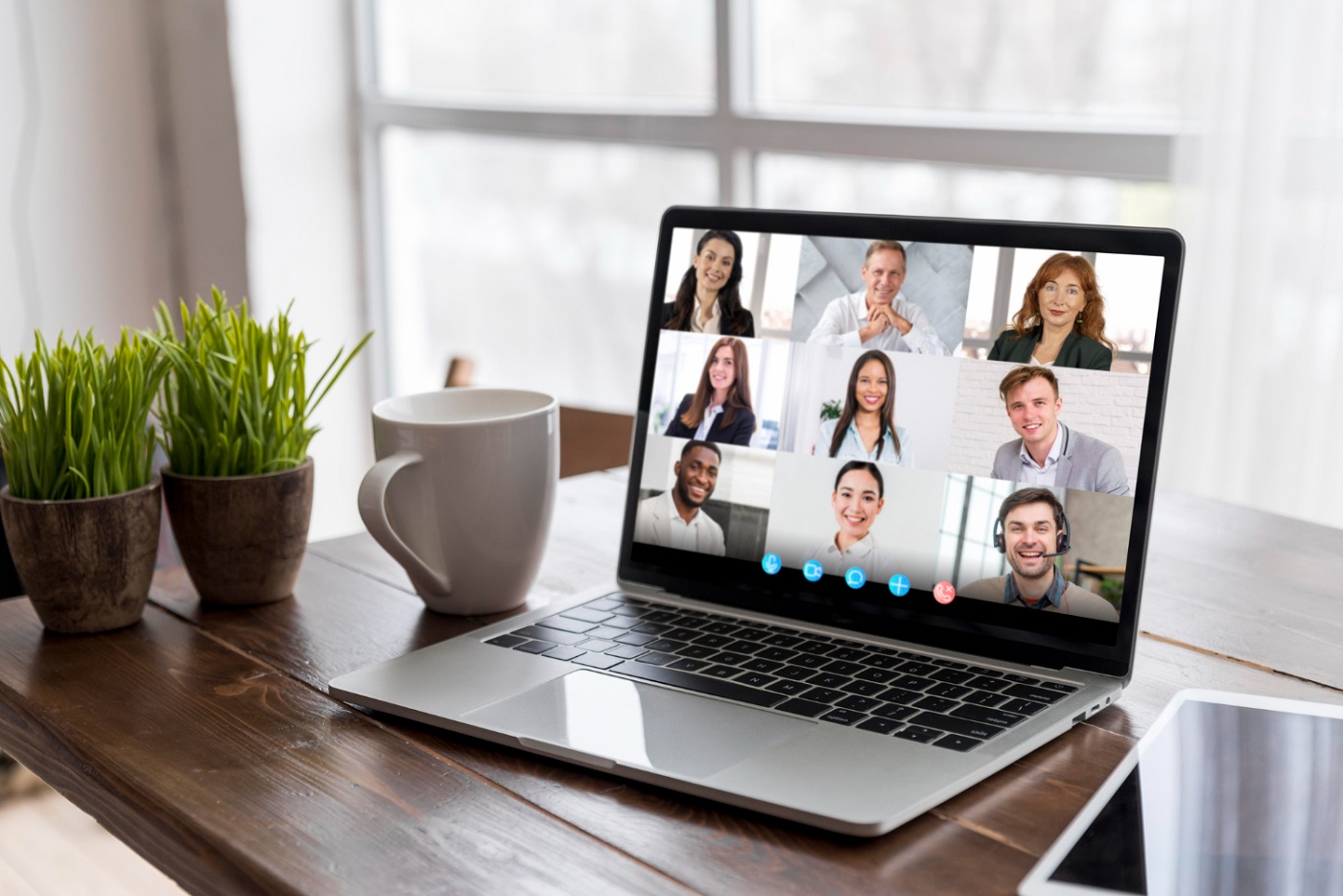As the markets become more globalized and economies more democratized, B2B marketers are facing the biggest conundrum
how to differentiate their brand and deliver the best brand experience to customers from the comfort of their homes at a convenient time and on their preferred channel. And answer to all these concerns is virtual events. Successful digital events are an integral part of B2B demand generation strategies and have multifaceted benefits that, when mined effectively, can drive higher ROI.
The Evolution of Event Marketing
Traditional event marketing involved physical conferences, trade shows, and seminars, which offered valuable face-to-face interactions. However, these events often came with logistical challenges, limited reach, and high costs. The rise of digital platforms and the increasing accessibility of the internet have revolutionized the B2B customer outreach processes and enabled businesses to deliver tailored experiences to their prospects and help them make educated purchase decisions. With the right strategy, you can transfer the advantage of live events over to webinars and generate maximum revenue impacts on your sales funnel.
Planning a webinar or a series of virtual events
Planning and producing a successful virtual event marketing program requires careful consideration and strategic execution. To captivate your audience and deliver an exceptional online experience, here are some key steps to follow:
-
1
Understand your audience
Put yourself in your attendees' shoes and foresee their expectations. Consider their needs and desires when designing your virtual event.
-
2
Enhance your presentation
Switching to a webinar requires added value and engagement compared to live events. Leverage technology to entice your audience and create an immersive experience that leaves them excited to participate.
-
3
Incorporate multimedia
Utilize pre-recorded videos strategically throughout your webinar, either as intermissions or by providing direct access to relevant content. Consider creating animated educational content to make your presentations more engaging and effective.
-
4
Foster interaction
Allocate time for Q&A segments, virtual panels, and forums to encourage audience engagement. Productive discussions and audience participation will enhance the overall experience.
-
5
Implement best practices
To replicate the benefits of in-person events, focus on providing a firsthand look into the latest innovations and opportunities for networking. Strive to deliver an exceptional online experience that attracts a broad audience, generates interest, and increases brand visibility.
-
6
Plan ahead
Visualize each step and anticipate challenges in advance. Develop a comprehensive webinar and online event marketing strategy aligned with your company's goals. Choose the right technology tools that align with your event objectives and plan compelling topics and engaging activities to keep your audience captivated.
By following these best practices, you can create a successful virtual event that resonates with your audience, delivers value, and meets your business objectives.
Conclusion
The future of B2B events lies in the realm of hybrid experiences. While webinars have proven to be effective in digital outreach, the combination of physical and virtual elements offers unprecedented opportunities. Hybrid events provide the flexibility to engage both in-person and remote attendees, expanding reach and maximizing impact. By embracing this trend, B2B businesses can create immersive experiences, foster meaningful connections, and achieve greater success in their customer outreach efforts. The evolution from live events to digital platforms is just the beginning, as the future holds a dynamic blend of physical and digital experiences that will drive growth and innovation.
Read Responses
No Comments
Leave a Reply
Your email address will not be published.

